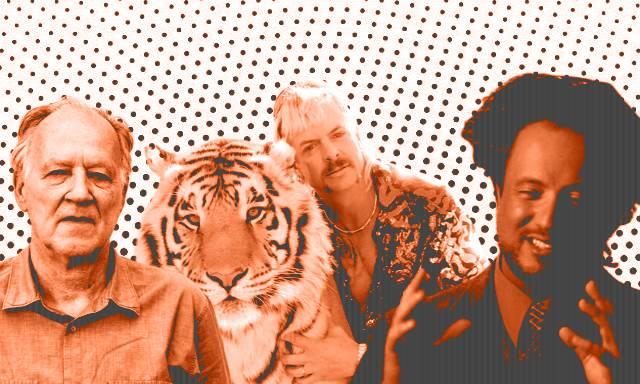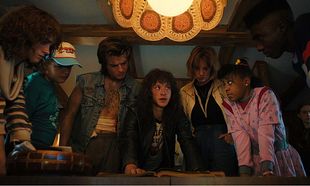Documentaries right now are in a boom time.
There is no clear number on how many documentaries are currently available on Netflix, but there are potentially hundreds, if not thousands available at any given time in their library. On Amazon Prime, the website lists approximately 40,000 that fit into their definition of the category - although not all are available here in Ireland. Disney+ has an entire stake of its library devoted solely to National Geographic.
Each week, the streaming wars produce a new documentary - series now more often than a movie - that catches the public's attention before it fizzles away. Netflix has been dominant in this for quite some time. 'Making A Murderer' wrung two whole seasons out of the bizarre case of Steven Avery and his nephew, Brendan Dassey. 'Tiger King', a hit at the beginning of the pandemic, is now responsible for two further TV projects - one featuring Nicolas Cage as the titular feline monarch, and the other with 'SNL' alum Kate McKinnon as Carole Baskin.
Since the dawn of CNN and late-night television, documentaries have moved from high-brow subjects and deeply researched projects to more lurid, salacious topics. Serial killers and manhunts are exceptionally popular with Netflix. Well over 100 documentaries have focused on murders and disappearances, such as Madeline McCann, the Yorkshire Ripper, and Ted Bundy. Piers Morgan's efforts in the field are also available on Netflix, and feature the ex-tabloid journalist narrate murder scenes and investigations with his usual flourish.
'Ancient Aliens', a documentary series created by the History Channel, also features on Netflix. Although the series has run for 16 seasons in the US, only a selection of episodes are available on Netflix. The first episode is titled 'Aliens and the Old West', and over the course of 43 minutes, posits that aliens could have potentially visited Native American tribes and, later, American colonists and settlers. The series is best known in internet culture for a still image of Giorgio Tsoukalos, whose theories on ancient astronauts are widely covered in the series.
While this might be at the looser end of the market, documentaries are becoming a big business. Netflix is funneling more and more money to production companies and ramping up budgets, hoping for the next big show. Documentary has always had the potential to create more impact than traditional fiction, but what's happening now is that producers and directors are aiming for serialised storytelling. Where one case or event would have been covered in one feature-length documentary, it's now being split into episodes.
Netflix, of course, doesn't give out audience data or viewing figures. Neither do Amazon Prime or Disney+. It can be inferred, however, that their arms race of documentaries means that people are watching them. What was once a relatively walled-off segment of filmmaking is now seeing interest from Hollywood A-listers and Oscar-winning directors. Darren Aronofsky, who directed the likes of 'Black Swan', 'mother!', and 'The Wrestler', is working on a 10-part series for National Geographic with Will Smith narrating. Oliver Stone has shifted into documentaries over the past two decades, directing the likes of 'Persona Non Grata' for HBO and 'South of the Border'.
Not unlike podcasts, documentaries are now reaching out into the mainstream and more independent voices are being pushed to the side. Whereas documentaries like 'Titicut Follies', Werner Herzog's 'Grizzly Man' or 'The Emperor's Naked Army Marches On' were seen as aspirational and influential in the genre, the likes of 'Wild Wild Country' and 'The Staircase' are now leading it towards a path of tabloid values and topics generated from the all-seeing audience algorithm.
Yet, for all of this, audiences can't seem to get enough of documentaries. A 2018 study by Hot Docs Film Festival found that 72% of its respondents watch at least two documentaries a month, while 55% said they're watching more documentaries than they previously used to, with Netflix regularly topping the list of available sources.
Like any boom, a bust must surely follow. With the push by streaming services to pull in more A-list talent, more money, and produce more documentaries, what was once almost esoteric is now commonplace. The question is: will people still be interested?









































































